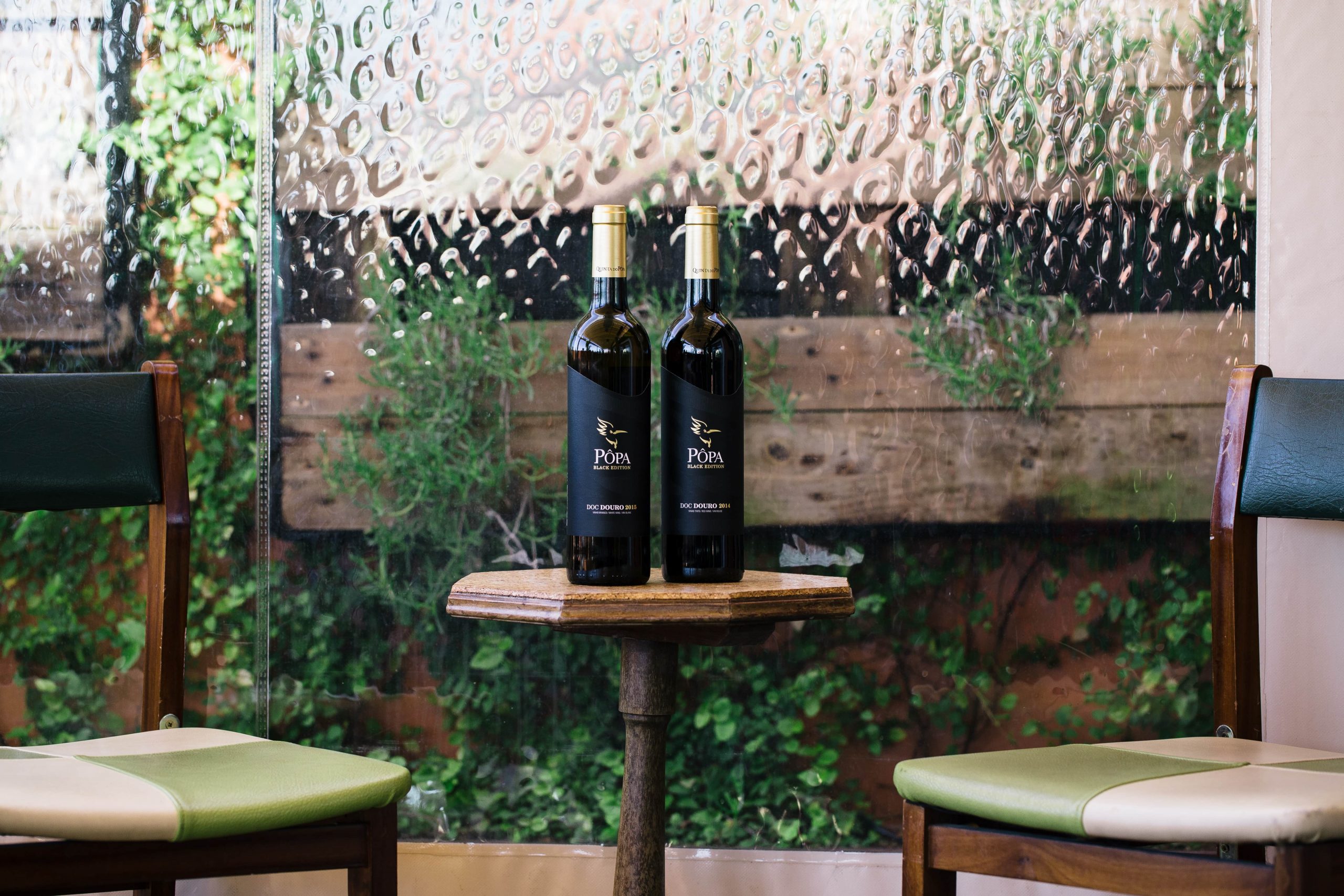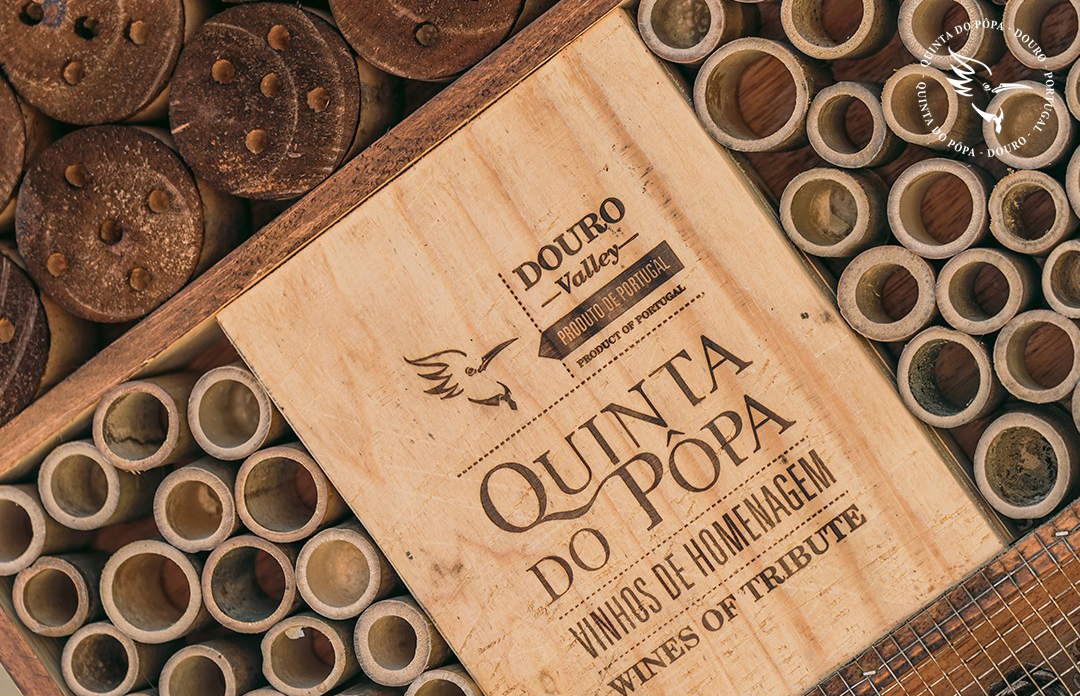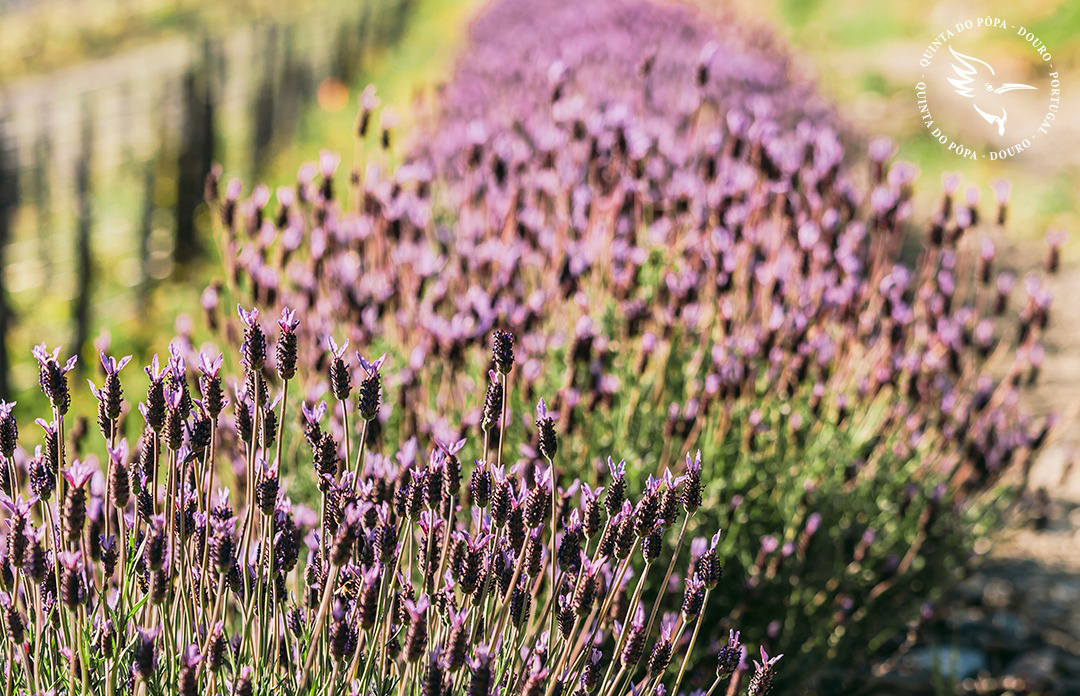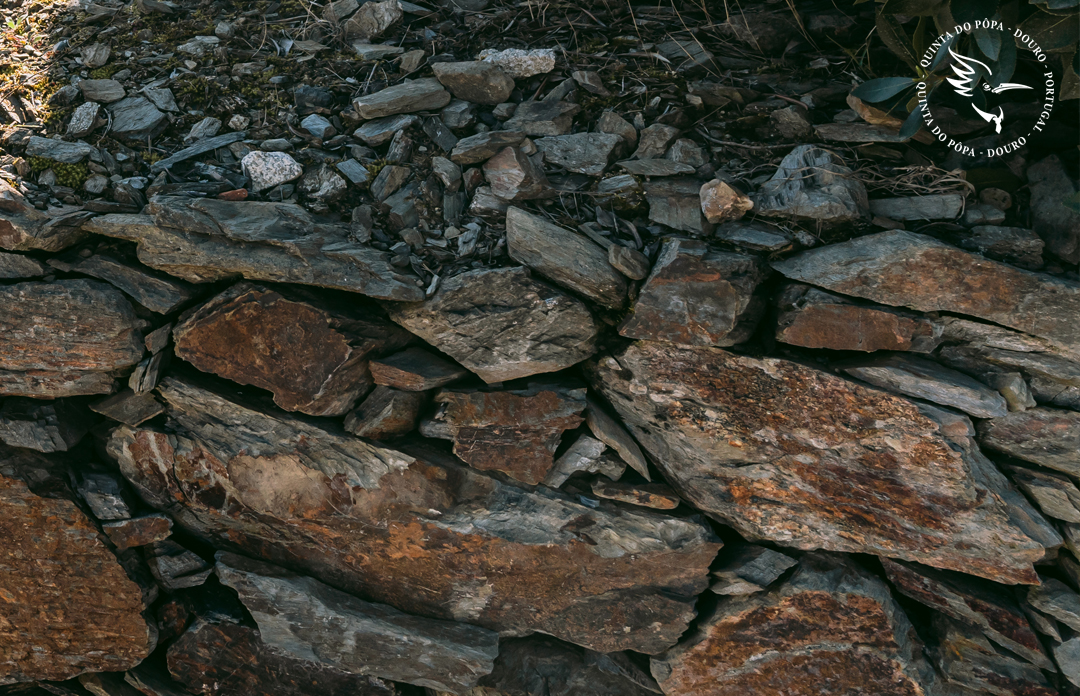
Sustainability | Functional Biodiversity
Sustainability – Environment
Generate functional biodiversity
If grape varieties are an aspect of the vineyard’s biodiversity, the diversity of plant and animal species related to the landscape contributes to the natural control of pests, to a soil rich in humus, to pollination, among other benefits – hence we speak in functional biodiversity.
At Quinta do Pôpa, we seek to adopt agricultural practices that protect, improve, and promote biodiversity in the vineyards and the rest of the property.
Based on this work, we install and/or rehabilitate native vegetation, as well as other elements: grass, loose stone walls, water lines and dams, among others.
Action 1.1 | Hedges and/or ecological corridors
Trees
Trees are essential in hedges or around vineyards, separating plots, or riparian galleries. Native species or regional varieties of fruit trees must be conserved.
Olive tree | Olea europaea
Yes, our olive trees are an essential element of the Mediterranean landscape and vegetation, as well as the region’s agriculture, for its food interest (olives and olive oil) and for supporting some species of birds (Galego Owl, Poupa, etc.).
Ecological corridors
The main objective of hedges is to create ecological corridors that favour the mobility of fauna and the conservation of priority habitats. When naturally or strategically installed:
(1) reduce soil erosion;
(2) reduce the drying effects of wind;
(3) they function as barriers to avoiding the derivation of pesticides;
(4) and prevent the spread of invasive plants.
Action 1.2 | Green cover
The permanent grass is possibly one of the most sustainable soil management systems for vine growing, offering one of the most practical and cost-effective options for providing the organic matter needed to maintain and improve the soil.
Whether native/spontaneous or seeded, the green cover:
(1) increases biodiversity,
(2) it favours the natural limitation of pests and diseases in the vineyard; that is, it attracts beneficial organisms that feed on pests;
(3) improves soil fertility;
(4) contributes to soil containment;
(5) and can be (re)used as fertilizer.
Due to the effects it produces on the vine, it can also reduce the density of the hedge and, thus, contribute to a lower incidence of botrytis fungi, commonly known as “grey rot” and improve the maturation of the grape.
Action 1.3 | Borders, headlands or slopes lined with natural vegetation
They constitute essential elements of connection between the main habitats (forests and woods) and the vineyards, promoting the dispersion of biodiversity in the cultivated area.
Action 1.4. | Dry stone walls / vernacular elements
It is essential to build or restore stone walls, which provide shelter for various species of birds, reptiles, insects and spiders. In addition to stone walls, mines, dovecotes, shacks or even abandoned houses are necessary infrastructures for bats and birds.
Action 1.5. | Grape diversity
Genetic biodiversity is a valuable element in every way. From an environmental point of view, preserving as many ancestral varieties as possible (with greater resilience) allows for a greater capacity to adapt to an uncertain future of climate change.

Think global, act local 🌎
Together, PôpaFRIENDS, we can do it better.
Category:
Archive of HomepagesDate:
May 12, 2022





